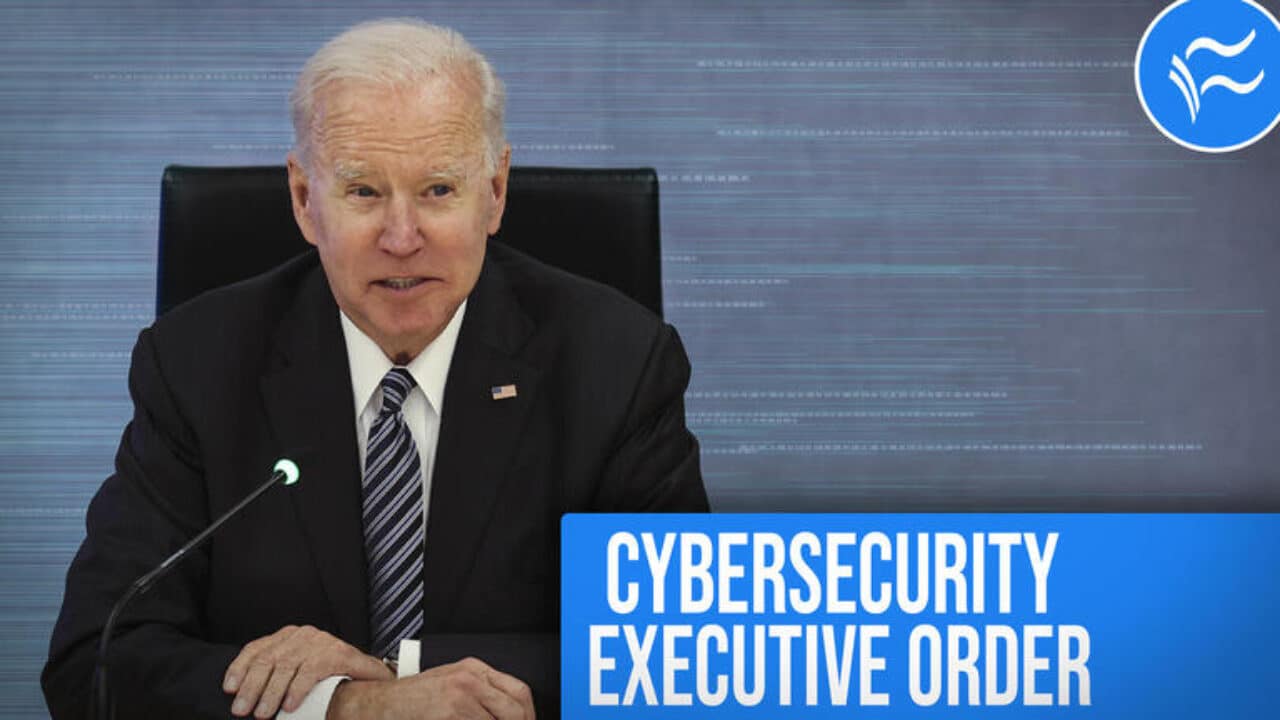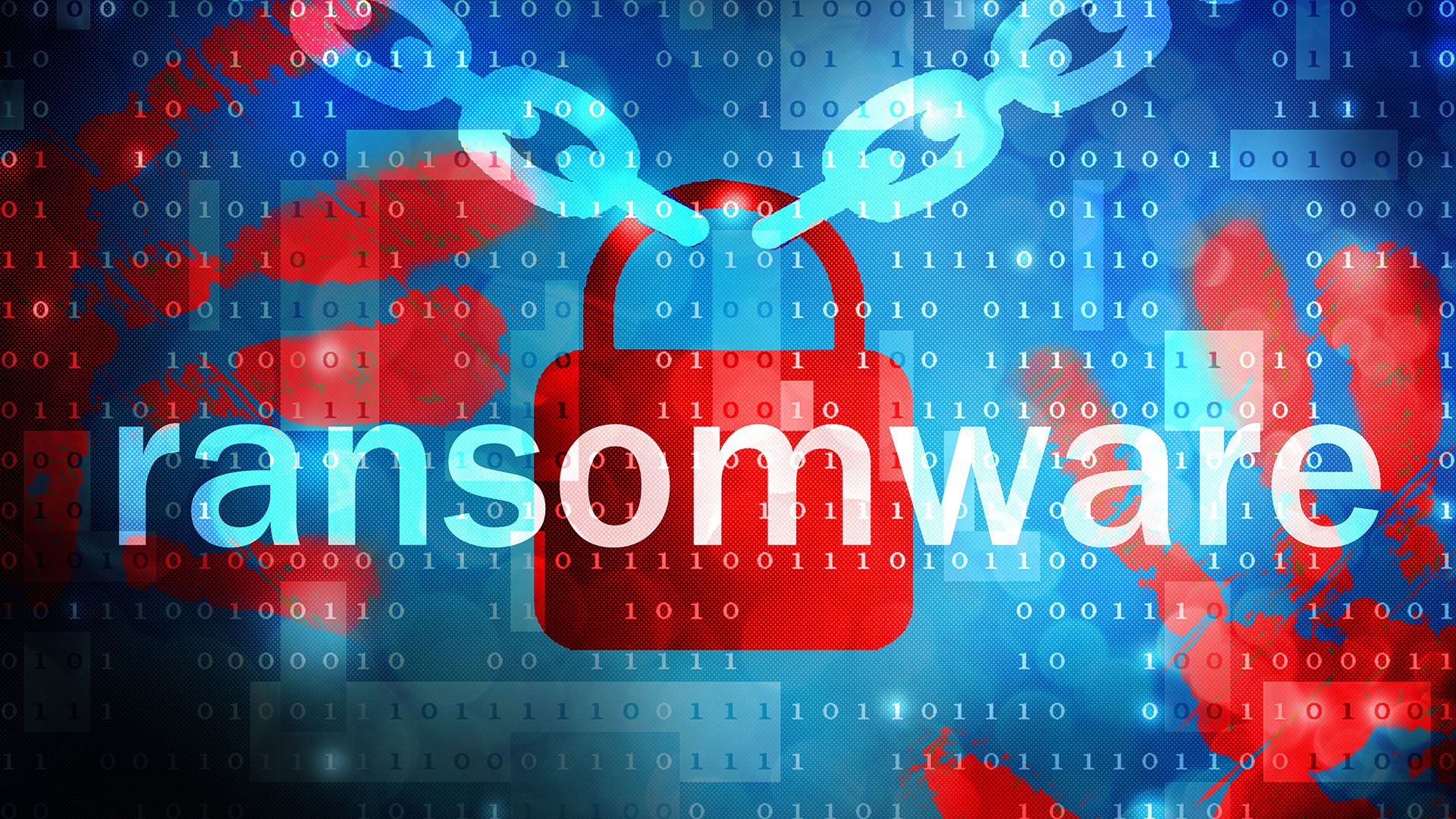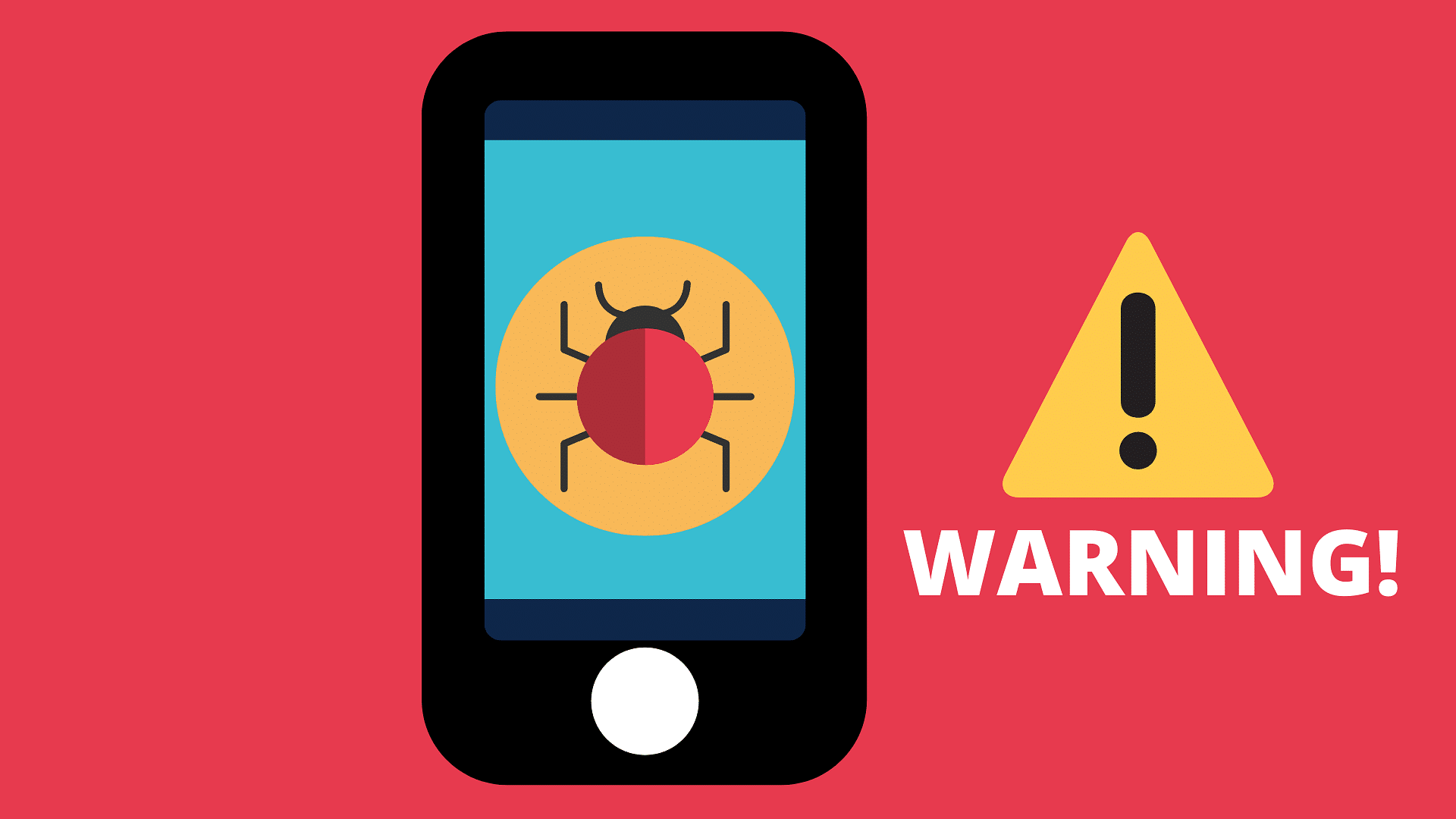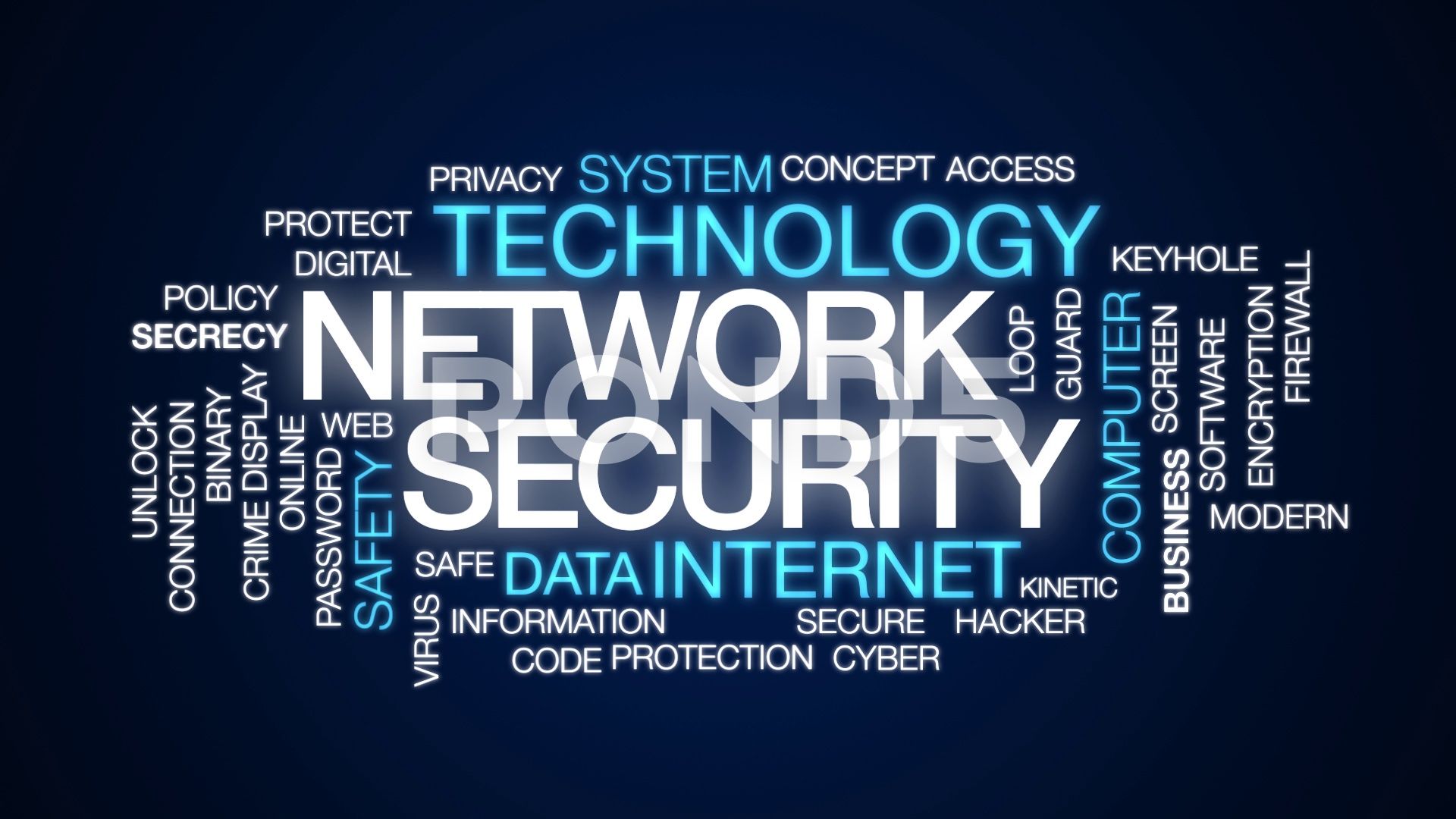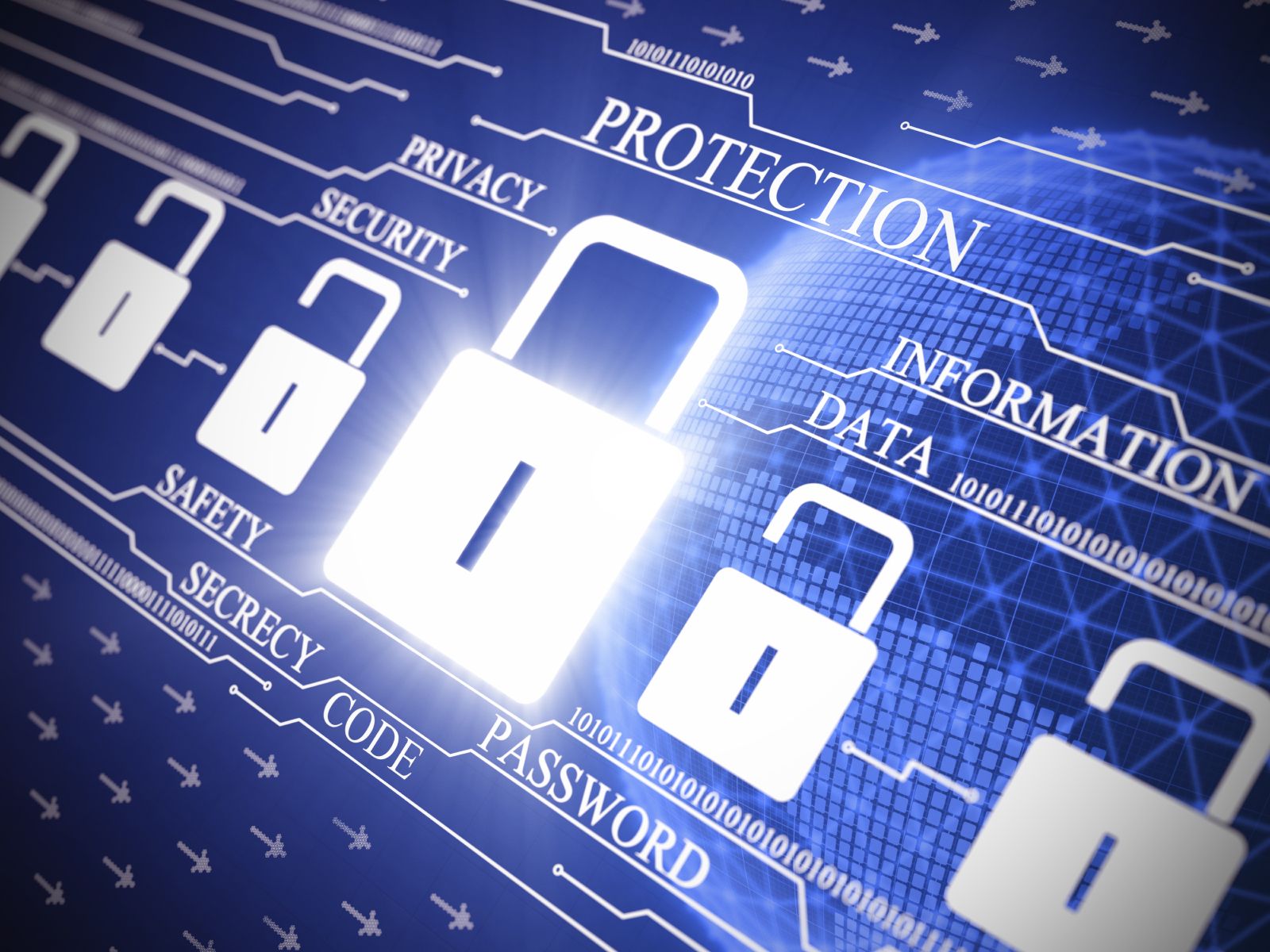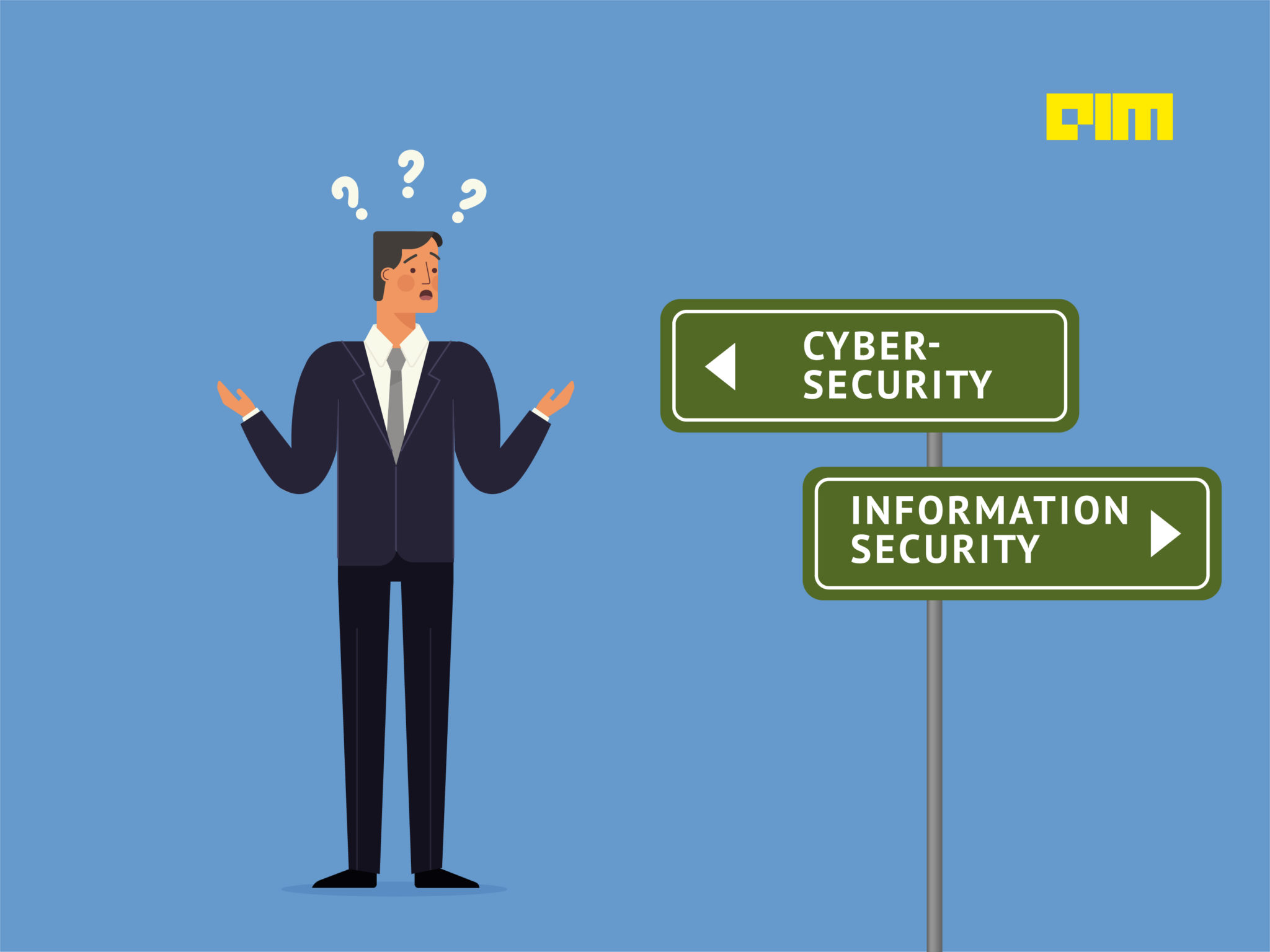Why is the Biden administration letting Moscow set the terms of international norms for cybersecurity? Earlier this month, the U.N. General Assembly adopted a resolution on international information security, sponsored jointly by Russia and the United States. But don’t be fooled: “Joint” sponsorship does not imply equally represented interests so much as capitulation. The resolution follows the Biden administration’s inexplicable granting of support to a summer 2021 effort in the U.N. to draft international “rules of the road” for cyberspace, a push directed primarily by Russia. Given Russia’s authoritarian control of Internet use by...
Blog
Snyk Is Said to Plan 2022 IPO Boston-based company is in talks with banks on listing Snyk’s backers include Tiger Global, Coatue, BlackRock Cybersecurity startup Snyk Ltd. is making preparations for an initial public offering that could happen as early as next year, according to people familiar with the matter. The Boston-based company is speaking to banks and aiming for listing as soon as mid-2022, said the people, who asked not to be identified because the matter is private. The company is expected to target a market value greater...
A critical privilege-escalation vulnerability tracked as CVE-2021-25036 could lead to backdoors for admin access nesting in web servers. A popular WordPress SEO-optimization plugin, called All in One SEO. This plugin has a pair of security vulnerabilities that, when combined into an exploit chain, could leave website owners open to site takeover. What versions are vulnerable? For both vulnerabilities, update your plugins to version 4.1.5.3 then vulnerabilities will be patched. Privilege Escalation and SQL Injection The more severe issue out of the two bugs is the privilege-escalation problem. It carries a...
Critical Security Flaws in Garrett Metal Detectors A number of security flaws have been uncovered in a networking component in Garrett Metal Detectors that could allow remote attackers to bypass authentication requirements, tamper with metal detector configurations, and even execute arbitrary code on the devices. “An attacker could manipulate this module to remotely monitor statistics on the metal detector, such as whether the alarm has been triggered or how many visitors have walked through,” Cisco Talos noted in a disclosure publicized last week. “They could also make configuration changes, such as...
Supply chain attacks and software exploitations are set to continue next year, and remote or hybrid work may complicate cyber-preparedness, cybersecurity professionals say. Ransomware attacks show no signs of slowing down in 2022, posing legal, reputational, and regulatory risks for businesses. These types of hits grew alongside an uptick in attacks related to remote work during the covid pandemic. “These are sophisticated attacks, and it’s scary the amount of damage these groups can do,” said Iliana Peters, shareholder at Polsinelli PC in Washington, D.C. “What we’re seeing now is...
As if December has not been inundated with non-stop malware attacks… Just over a week ago on realinfosec.net, we were able to confirm that 500,000+ Android Users Downloaded a New Joker Malware App from Play Store. Researchers have discovered a new Android banking malware that targets Brazil’s Itaú Unibanco with the help of lookalike Google Play Store pages to carry out fraudulent financial transactions on victim devices without their knowledge. “This application has a similar icon and name that could trick users into thinking it is a legitimate app...
Using a Mask: Tricking Users into Downloading the Malware Peter Parker might not be a mastermind cryptocurrency criminal, but the name Spiderman is quickly becoming more associated with the mining landscape. ReasonLabs, a leading provider of cybersecurity prevention and detection software, recently discovered a new form of malware hacking into customer computers in the guise of the latest Spiderman movie. As perhaps the most talked-about movie for some time, Spiderman: No Way Home represents an excellent opportunity for hackers. It’s a chance to connect with millions of potential targets and hack...
Is your home WiFi sluggish? If you suspect someone is stealing your WiFi, here’s how you can detect and block unknown devices to ensure your home network is fully secure. It’s Friday night. You’ve just finished a long week working from home. You decide to kick back on the couch and start binge-watching the latest Netflix series. After grabbing a couple of snacks and some drinks, you’re settled in and cosy You contemplate downloading a movie, then you think how slow your internet is of late.. Thinking of it...
Security specialists have recognized a dangerous new malware that creeps quietly past windows defences. Security specialists have recognized a new malware crusade that use code marking declarations and different methods to assist it with staying away from recognition by antivirus programming. As indicated by another blog entry from Elastic Security, the online protection company’s analysts distinguished a bunch of noxious movements subsequent to looking into its danger avoidance telemetry. The cybercriminals behind this new mission are utilizing substantial code marking declarations to sign malware to assist them with staying...
The Difference Between Cybersecurity & Information Security Both the terms, cybersecurity and information security, are associated with the security of computer systems and are often used as synonyms. For those who are not aware of the difference — the definition and understanding of the terms vary a lot and should not be interchangeable as it is done often. Putting it in a single line, one deals with the defending of data in cyberspace, while the other one deals with the security of data in general. Simple yet complicated for...
